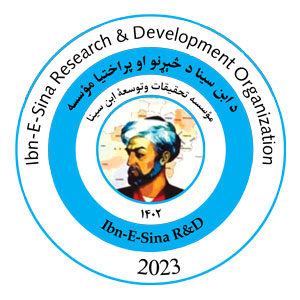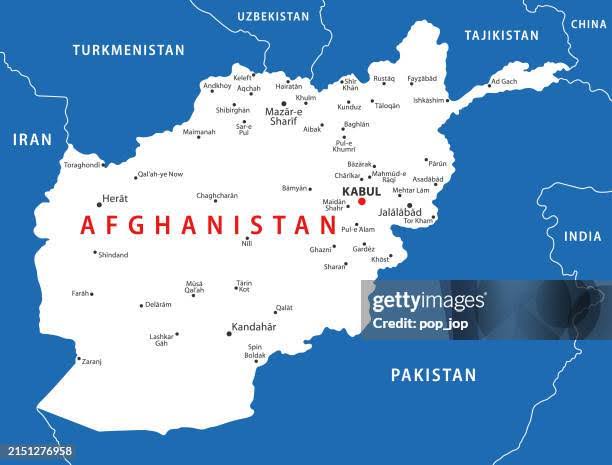Why Afghanistan Was Not Rebuilt Despite Billions in Aid
Over the past two decades, the international community prepared numerous, studies, Strategies, policies, master plans etc. for Afghanistan’s reconstruction, aiming to modernize infrastructure, create economic opportunities, and stabilize the country. However, despite the availability of billions in foreign aid, very little was implemented.
While corruption within the Afghan government is often blamed, the reality is that the international community, neighboring countries, and even some high-ranking Afghan officials played a major role in preventing Afghanistan’s development.
- The Taliban’s Fight: Resistance Against Occupation, Not Against Development
The U.S. and its allies justified their invasion of Afghanistan under the pretext of 9/11, despite the fact that Afghanistan had no involvement in the attacks. The Taliban, who were in power at the time, had no role in planning or executing the incident.
The real objective of the Taliban’s resistance was to end the illegal occupation of their country.
Contrary to Western narratives, the Taliban did not systematically oppose infrastructure development.
There were some isolated incidents of attacks on projects, but many of these were either exaggerated or staged to discredit the Taliban.
Throughout the 20-year war, the Taliban did not systematically destroy major infrastructure like power plants, bridges, and roads.
Instead, the biggest obstacles to rebuilding Afghanistan came from corrupt international organizations, foreign political agendas, and interference from neighboring countries.
- The International Community’s Monopoly Over Aid and Contracts
From the very beginning, the Afghan government was excluded from controlling donor funds.
Foreign organizations and consultants controlled everything, deciding where and how the money was spent.
Instead of empowering local institutions, billions were funneled into foreign contractors, NGOs, and private companies, who prioritized profit over real development.
Corruption within these organizations far exceeded the corruption of Afghan officials, but was rarely discussed because it involved powerful Western interests.
Studies, reports, and conferences became more important than actual implementation, ensuring that money kept flowing without accountability.
- The “Security Threat” Excuse: A Convenient Justification for Inaction
One of the most frequently used excuses for not implementing projects was the alleged security threats from the Taliban.
However, in many cases, the Taliban were willing to allow development projects to proceed, especially when they benefited local communities.
Attacks on infrastructure were sometimes deliberately misattributed to the Taliban to create fear and justify continued foreign presence.
The real security threats often came from internal power struggles within the Afghan government, rather than from the Taliban.
- The Role of Pakistan and Iran: Preventing Afghanistan’s Independence
While international organizations mismanaged aid money, Pakistan and Iran worked systematically to prevent Afghanistan from becoming self-sufficient.
Pakistan’s Strategy:
A strong Afghanistan was seen as a threat to Pakistan’s influence in the region.
Islamabad ensured that Afghanistan remained dependent on Pakistani trade and transit routes.
Pakistan profited from international aid, acting as a logistical hub for NATO supplies and securing contracts meant for Afghan development.
Political instability in Afghanistan allowed Pakistan to maintain strategic leverage over the Afghan government.
Iran’s Strategy:
Tehran sought to expand its influence in western Afghanistan, particularly in provinces like Herat and Nimroz.
Iranian companies secured contracts for energy exports and construction projects using international aid money.
Iran leveraged Afghanistan’s instability as a bargaining tool in its broader conflicts with the West.
Both Pakistan and Iran manipulated Afghanistan’s situation for their own economic and political benefit, ensuring that real development never took place.
- The Sabotage of Kabul New City: A Clear Example of Political Interference
One of the most striking examples of how corruption and regional interference blocked Afghanistan’s progress was the Kabul New City project.
This project was designed to build a modern city for 3 million people, creating jobs, housing, and business opportunities.
It was to be implemented through private sector investment, both local and international.
However, high-ranking Afghan officials, influenced by Pakistan and Iran, sabotaged the project to prevent Afghanistan from becoming self-sufficient.
The Inauguration Sabotage:
On the day of the inauguration, the tent prepared for the President of Afghanistan was burned down, preventing the ceremony from taking place.
This act was not done by the Taliban, but by internal elements who wanted to block Afghanistan’s development.
Certain factions within the Afghan government, influenced by neighboring countries, deliberately obstructed major infrastructure projects to maintain the country’s dependence on foreign aid.
This was just one example of how Afghanistan’s own officials, in coordination with external actors, worked against their country’s long-term interests.
- The Result: A Nation Exploited, Not Rebuilt
The combination of international corruption, mismanagement, and regional interference ensured that Afghanistan remained weak.
Afghanistan became a geopolitical battleground, where donor money was spent everywhere except where it was needed.
The failure to rebuild was not due to a lack of resources, but rather a deliberate strategy to keep Afghanistan dependent.
- Recommendation: Make Use of Existing Studies and Plans
Now that Afghanistan has regained its sovereignty, it must not repeat the mistakes of the past.
Over the past 20 years, many valuable studies, master plans, strategies, and policies were developed.
These documents are still available and can be updated and implemented without wasting time and resources on new studies.
The present government, the private sector, and all stakeholders involved in rebuilding Afghanistan should utilize these existing plans rather than starting from scratch.
The Ibn-e-Sina Research and Development Organization shall take responsibility for reviewing and updating these documents and recommending them to stakeholders for implementation.
It would be a shame if Afghanistan had to “reinvent the wheel” after so much effort had already been put into planning its development. Now is the time to move from studies to action and ensure that Afghanistan finally builds the infrastructure it deserves.
Dipl. Ing. G.S.Hassanzadah, the Senior Advisor of Ibn-e-Sins R&D Org
Author

